When superconductors encounter too much current, they can become resistive. Researchers can design microscopic electronic components that use this effect to create a switch, like a transistor. The resulting nanowire superconducting switching devices (called nano-cryotrons, or nTrons) show promise for future superconducting electronics or particle detectors.
Tag: Superconductors
New Technique Lets Scientists Create Resistance-Free Electron Channels
Researchers have taken the first atomic-resolution images and demonstrated electrical control of a chiral interface state – an exotic quantum phenomenon that could help researchers advance quantum computing and energy-efficient electronics.
Preventing Magnet Meltdowns Before They Can Start
High-temperature superconductor magnets have the potential to lower the costs of operating particle accelerators and enable powerful new technologies like fusion reactors. But quenches – the sudden, destructive events wherein a part of the material loses superconductivity – are a major barrier to their deployment.

Graphene addition for enhancing the critical current density of Bi-2223 superconductors
Superconductors are materials that offer zero electric resistance to the flow of current on being cooled down below a certain critical temperature. Typically, superconductors have a very low critical temperature, close to absolute zero.
Finding Game-Changing Superconductors with Machine Learning Tools
Superconductors – found in MRI machines, nuclear fusion reactors and magnetic-levitation trains – work by conducting electricity with no resistance at temperatures near absolute zero, or -459.67F. The search for a conventional superconductor that can function at room temperature has been ongoing for roughly a century, but research has sped up dramatically in the last decade because of new advances in machine learning (ML) using supercomputers such as Expanse at the San Diego Supercomputer Center (SDSC) at UC San Diego.
A foundation that fits just right gives superconducting nickelates a boost
Researchers at SLAC and Stanford found a way to make thin films of an exciting new nickel oxide superconductor that are free of extended defects. This improved the material’s ability to conduct electricity with no loss and revealed that it’s more like superconducting cuprates than previously thought.
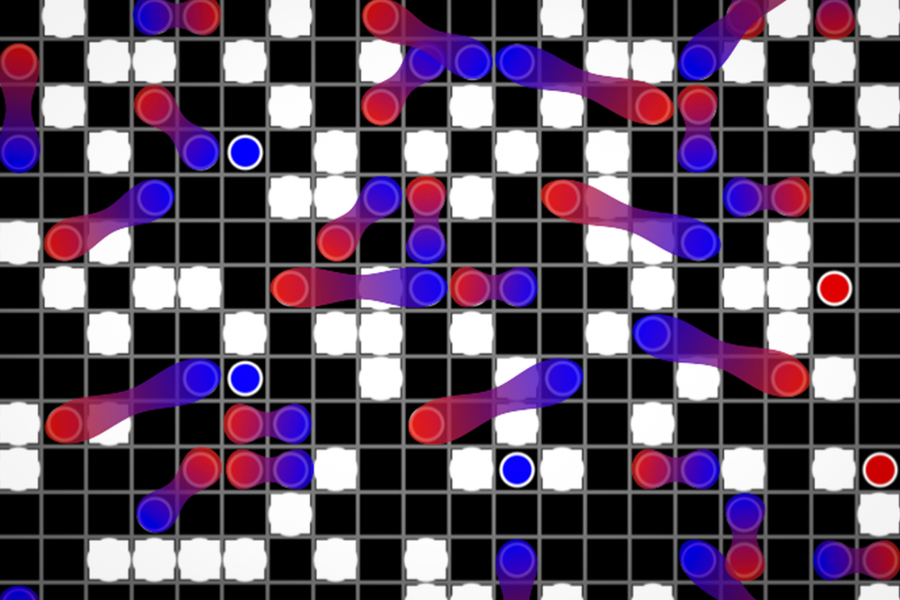
Physicists generate the first snapshots of fermion pairs
MIT team worked with fermions in the form of potassium-40 atoms, and under conditions that simulate the behavior of electrons in certain superconducting materials.
New superconducting diode could improve performance of quantum computers and artificial intelligence
A University of Minnesota Twin Cities-led team has developed a more energy-efficient, tunable superconducting diode—a promising component for future electronic devices—that could help scale up quantum computers for industry and improve artificial intelligence systems.
Finally solved! The great mystery of quantized vortex motion
Liquid helium-4, which is in a superfluid state at cryogenic temperatures close to absolute zero (-273°C), has a special vortex called a quantized vortex that originates from quantum mechanical effects.
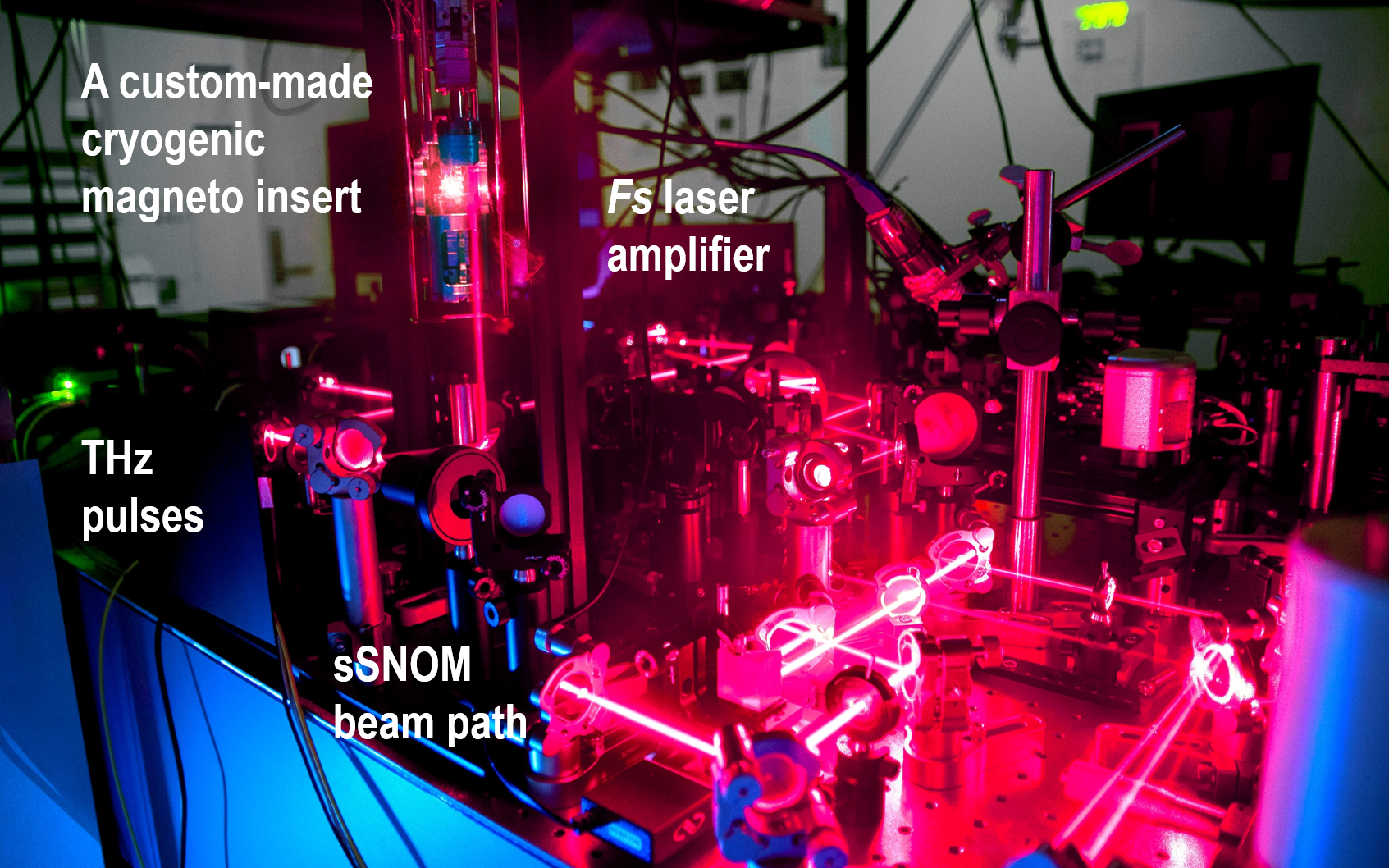
Ultralow temperature terahertz microscope capabilities enable better quantum technology
A team of scientists from the Department of Energy’s Ames National Laboratory have developed a way to collect terahertz imaging data on materials under extreme magnetic and cryogenic conditions. They accomplished their work with a new scanning probe microscope that was recently developed at Ames Lab. The team used the ultralow temperature terahertz microscope to take measurements on superconductors and topological semimetals that were exposed to high magnetic fields and extremely cold temperatures.
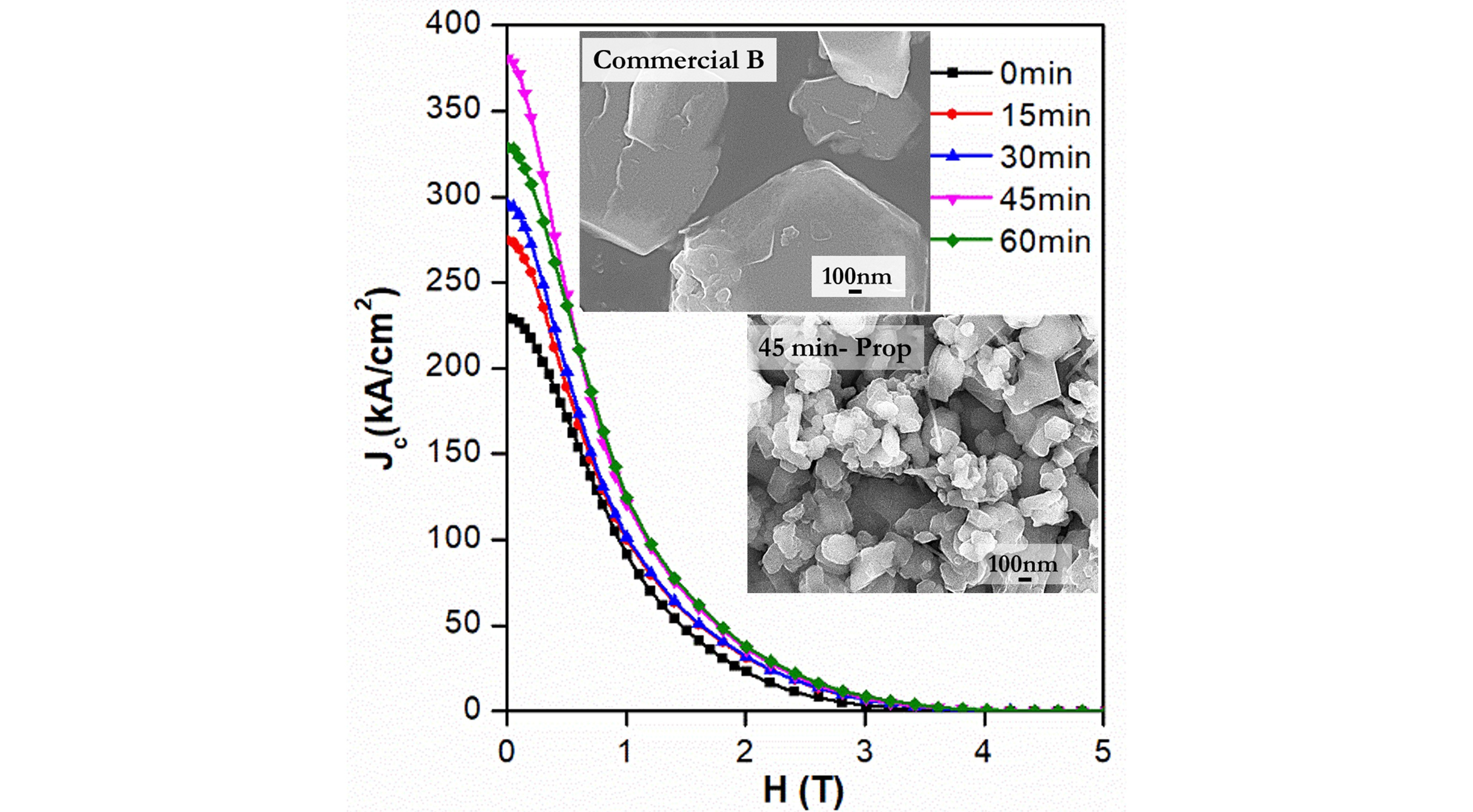
Towards a sustainable superconductor technology with magnesium diboride super magnets
Magnesium diboride (MgB2), a binary compound, behaves as a superconductor – a substance that offers no resistance to electric current flowing through it – at a moderate temperature of around 39 K (-234°C).
Transforming Highways for High-Speed Travel and Energy Transport
In APL Energy, researchers developed a proof of concept for a superconducting highway that could transport vehicles and electricity, cooling the necessary superconductors with a pipeline of liquid hydrogen. Most magnetic levitation designs feature the superconductor inside the vehicle, which is suspended above a magnetic track. The authors decided to flip that arrangement upside down, putting the superconductor on the ground and giving each vehicle a magnet. The result is a system with multiple uses, placing it within the realm of affordability.
National MagLab magnet recognized with R&D 100 award
Engineers and technicians from the Florida State University-headquartered National High Magnetic Field Laboratory were recognized with a 2022 R&D 100 Award for the design and construction of the 32 tesla (T) Superconducting Magnet. The R&D 100 recognizes revolutionary ideas in science and technology, and the 32T magnet is the world’s most powerful all-superconducting magnet.
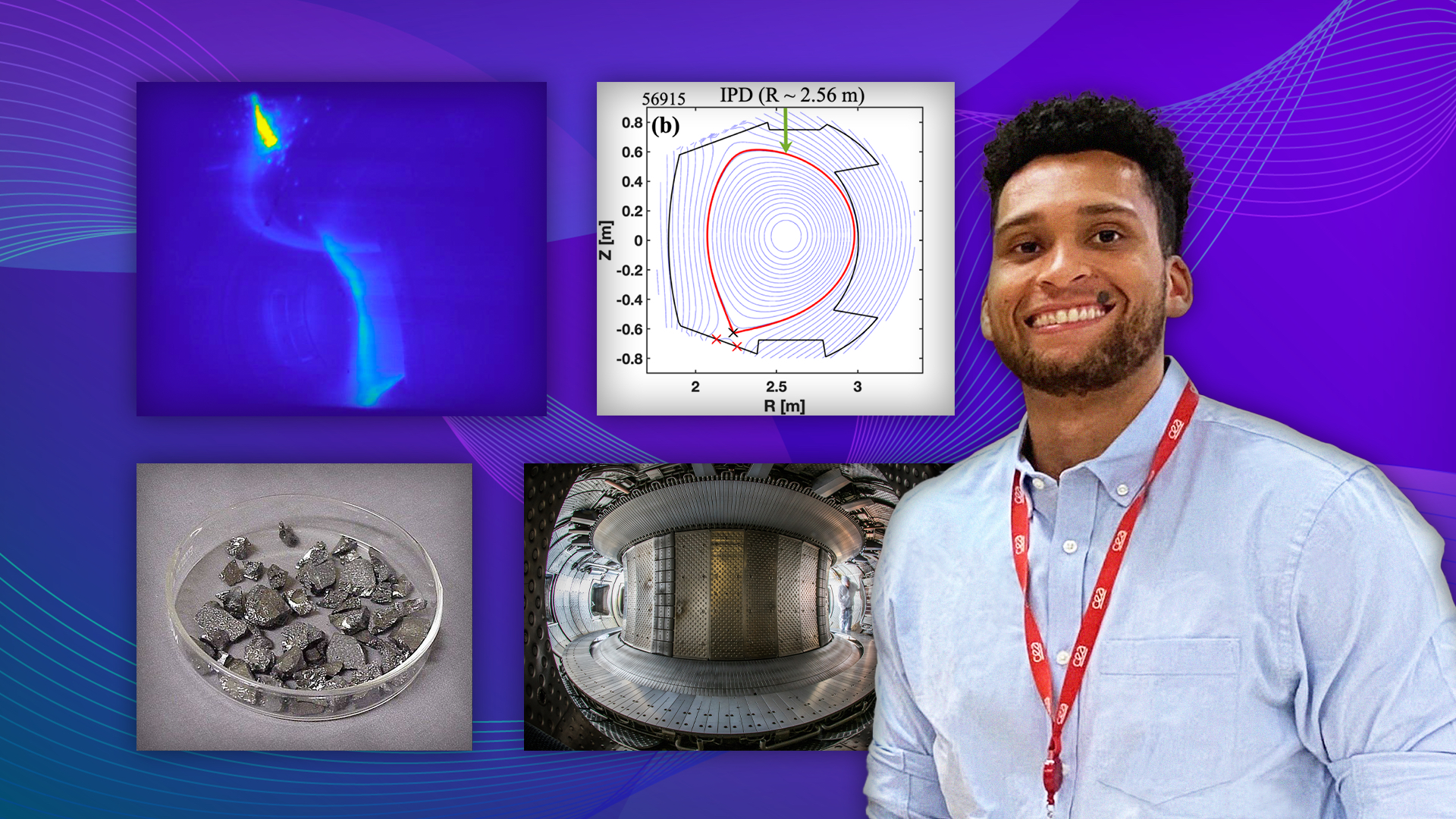
Elemental research: Scientists apply boron to tungsten components in fusion facilities
Scientists at have conducted research showing that a PPPL-developed powder dropper can successfully drop boron powder into high-temperature plasma within tokamaks that have parts made of a heat-resistant material known as tungsten.
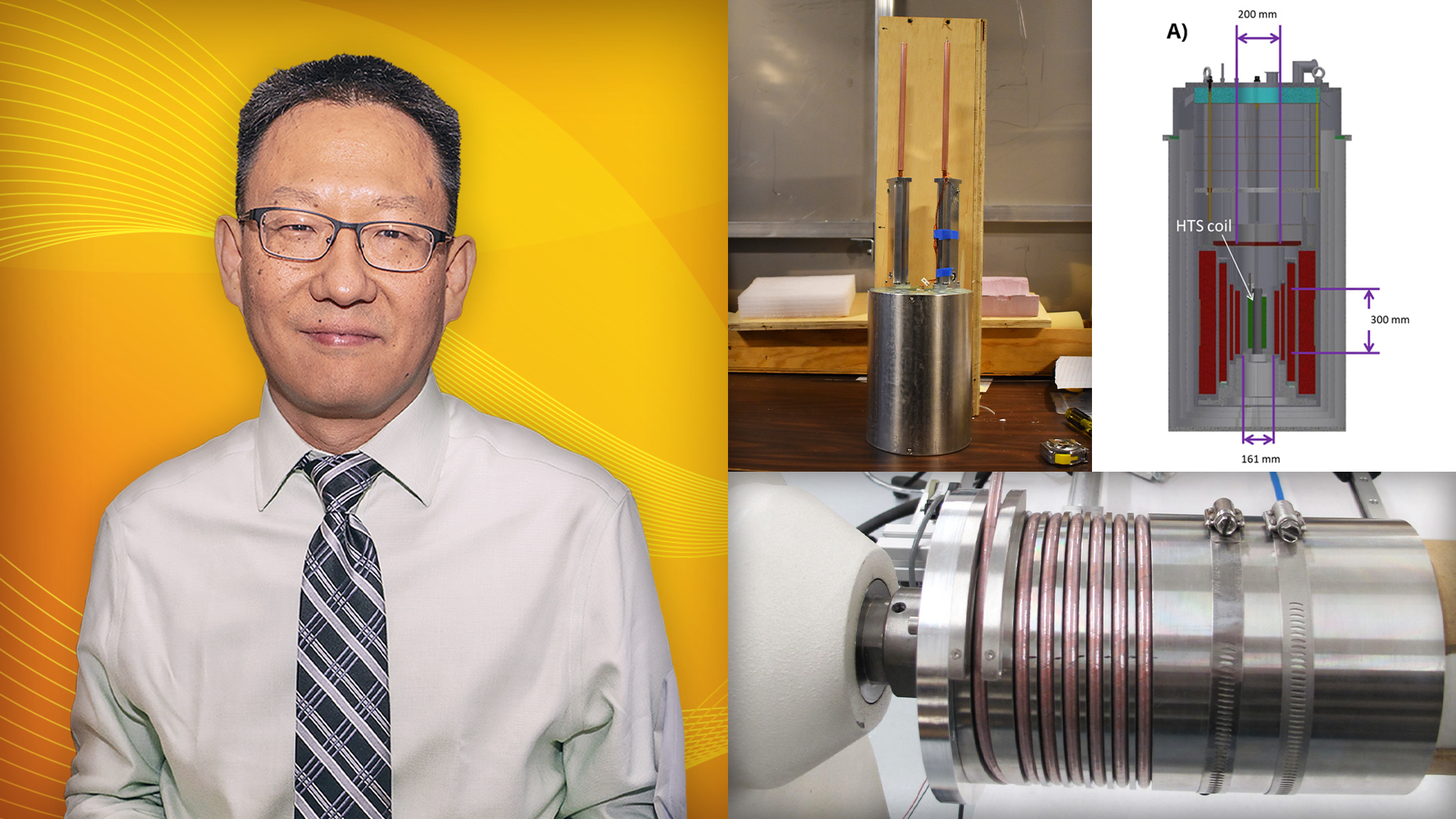
Smaller, stronger magnets could improve devices that harness the fusion power of the sun and stars
PPPL researchers have found a way to build powerful magnets smaller than before, aiding the design and construction of machines that could help the world harness the power of the sun to create electricity without producing greenhouse gases that contribute to climate change.
A new leap in understanding nickel oxide superconductors
Unconventional superconductors contain a mix of weird quantum states. SLAC and Stanford researchers found one of them – frozen electron ripples known as charge density waves – in a nickelate superconductor they discovered three years ago.
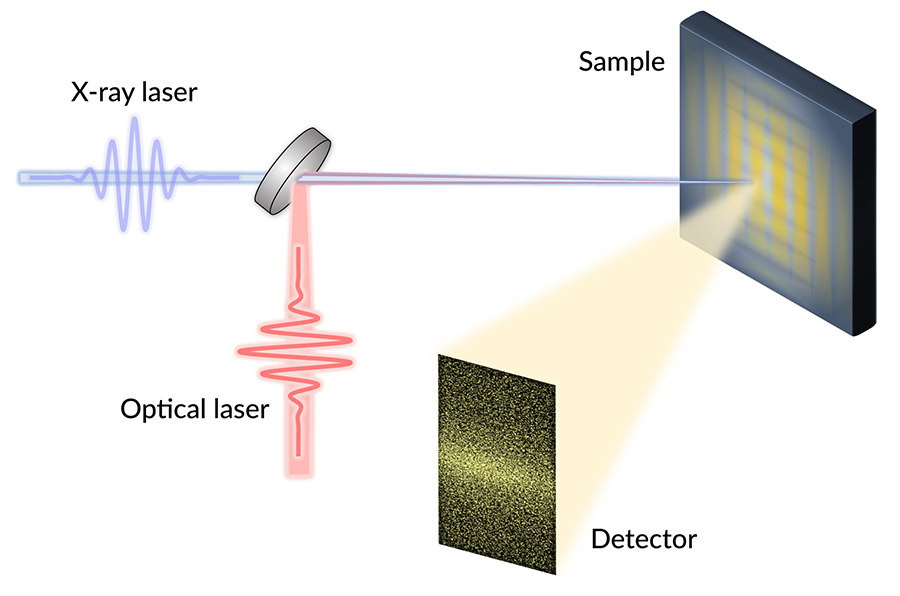
Superconductivity and charge density waves caught intertwining at the nanoscale
Scientists discover superconductivity and charge density waves are intrinsically interconnected at the nanoscopic level, a new understanding that could help lead to the next generation of electronics and computers.
Particle Accelerators May Get a Boost from Oxygen
Scientists have developed a new theoretical model for preparing particle accelerator structures made of niobium metal. The model predicts how oxygen in the thin oxide layer on the surface of the niobium metal moves deeper into the metal during heat treatment. Tests indicate that the treatment should improve accelerator structure performance and make accelerators easier to build.
Physicists Uncover the Secret Behind the Behavior of Unique Superconducting Materials
Scientists using the Summit supercomputer to study superconductors found that negative particles in the superconductors interact strongly with phonons in the materials. This interaction leads to sudden changes in the materials’ behavior, explaining how certain copper-based superconductors work. The findings may lead to a new class of superconducting materials that work at relatively warm temperatures for efficient future electronic devices.
A detailed study of nickelate’s magnetism finds a strong kinship with cuprate superconductors
Are new nickelate superconductors close kin to the original high-temperature superconductors, the cuprates? The first study of their magnetic properties says the answer is yes. Scientists from SLAC, Stanford and Diamond Light Source found important similarities but also subtle differences between the two.
Physicists Crack the Code to Signature Superconductor Kink Using Supercomputing
A team performed simulations on the Summit supercomputer and found that electrons in cuprates interact with phonons much more strongly than was previously thought, leading to experimentally observed “kinks” in the relationship between an electron’s energy and the momentum it carries.

FSU engineers improve performance of high-temperature superconductor wires
Florida State University researchers have discovered a novel way to improve the performance of electrical wires used as high-temperature superconductors (HTS). Researchers used high-resolution scanning electron microscopy to understand how processing methods influence grains in bismuth-based superconducting wires (known as Bi-2212).
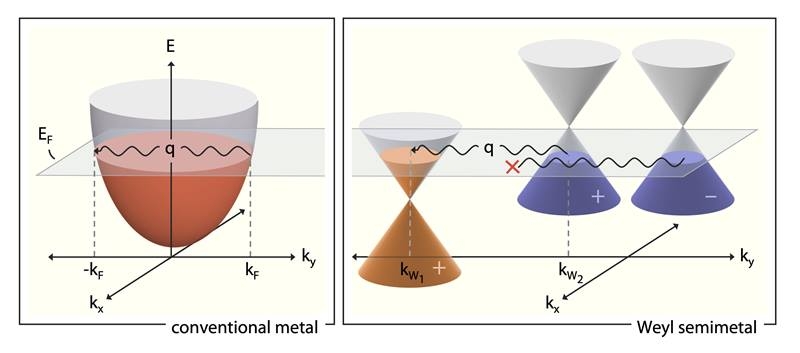
New Phenomena for the Design of Future Quantum Devices
Research has shown that the topology of the electronic states in a Weyl semimetal can leave fingerprints on their phonon properties. This happens because of a type of electron-phonon interaction called the Kohn anomaly that impacts how electrons screen phonons through a material. This instability can lead to new electronic properties in materials.
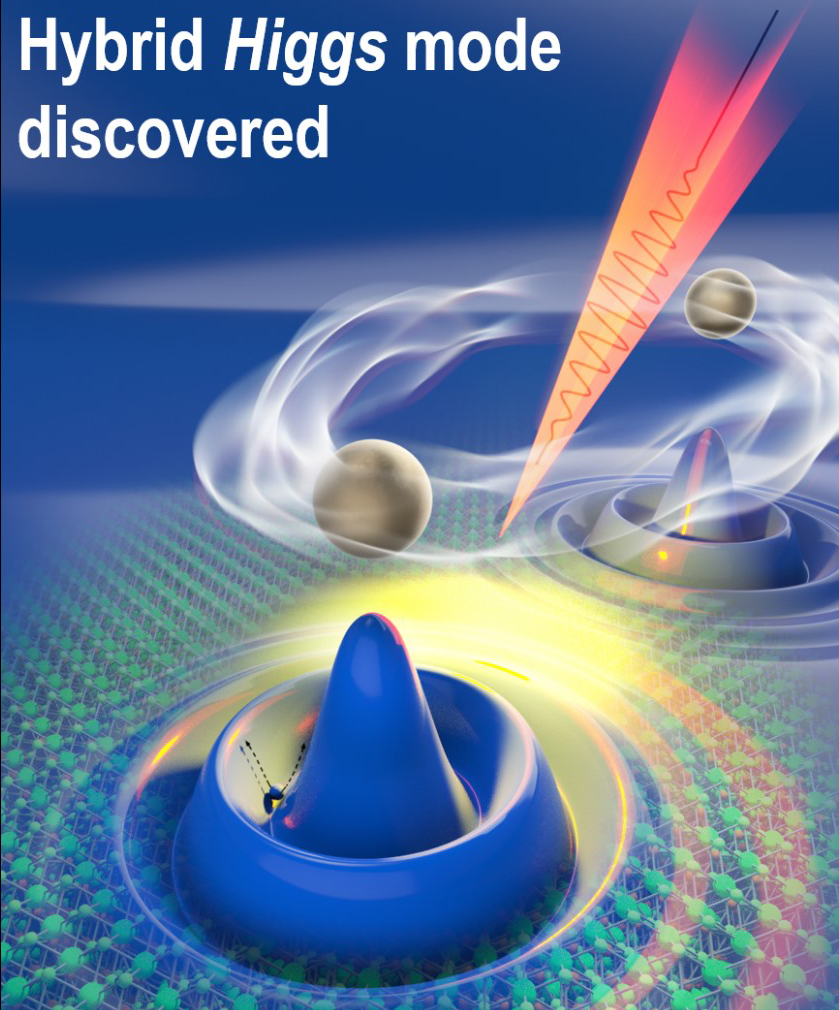
Light-controlled Higgs modes found in superconductors; potential sensor, computing uses
Iowa State’s Jigang Wang and a team of researchers have discovered a form of the famous Higgs boson — subject of a groundbreaking search at the Large Hadron Collider — in an iron-based superconductor. The Higgs mode can be accessed and controlled by light flashing at trillions of pulses per second.
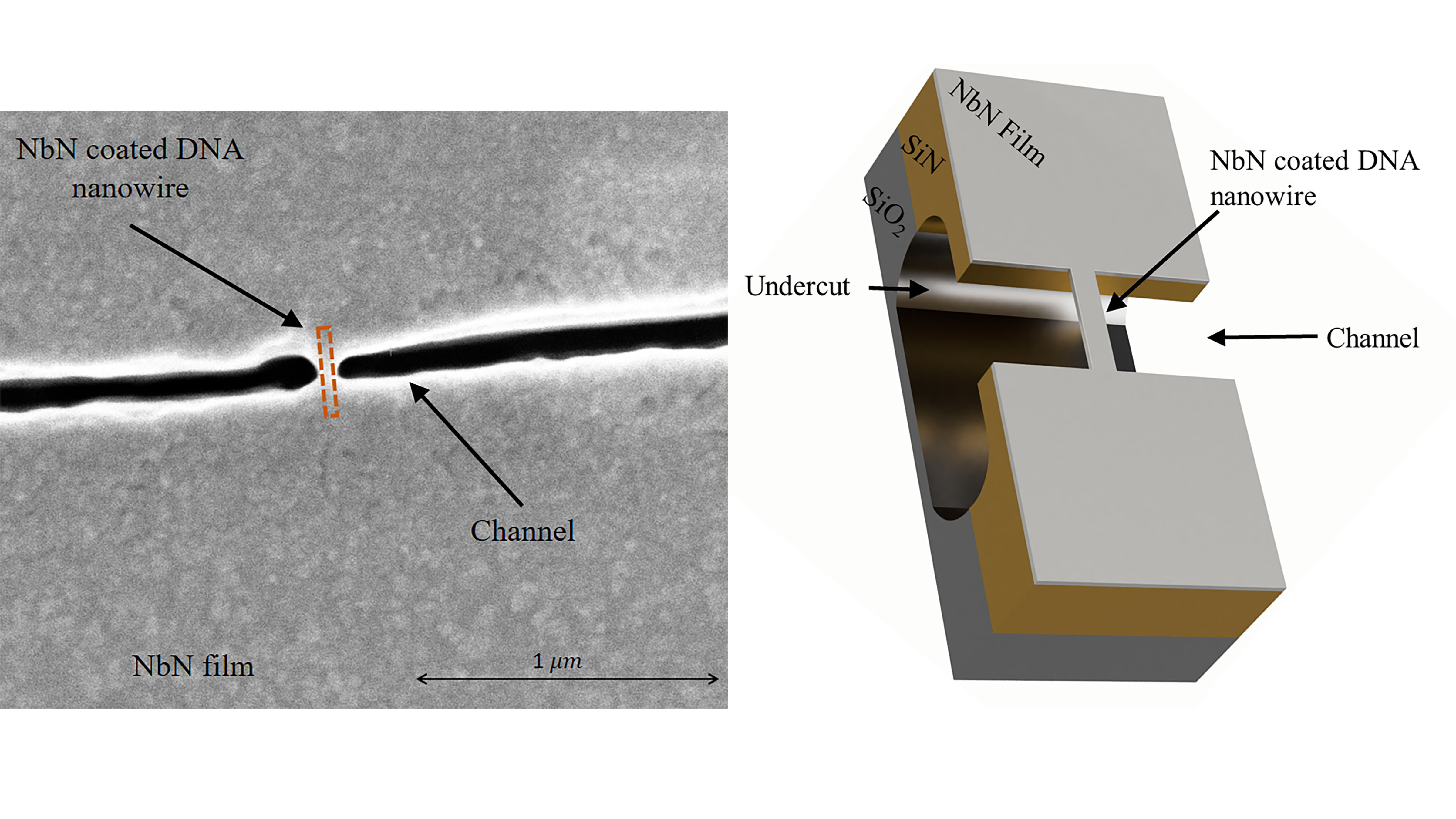
DNA Origami Enables Fabricating Superconducting Nanowires
In AIP Advances, researchers describe how to exploit DNA origami as a platform to build superconducting nanoarchitectures. The structures they built are addressable with nanometric precision that can be used as a template for 3D architectures that are not possible today via conventional fabrication techniques. Inspired by previous works using the DNA molecule as a template for superconducting nanowires, the group took advantage of a recent bioengineering advance known as DNA origami to fold DNA into arbitrary shapes.
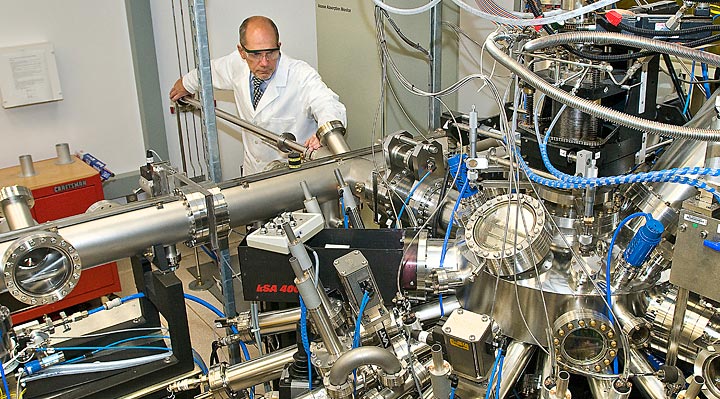
Brookhaven’s Ivan Bozovic Wins 2021 James C. McGroddy Prize for New Materials
The American Physical Society has selected physicist Ivan Bozovic of the U.S. Department of Energy’s Brookhaven National Laboratory as a co-recipient of the 2021 James C. McGroddy Prize for New Materials. Bozovic and his collaborators were recognized “For pioneering the atomic-layer-by-layer synthesis of new metastable complex-oxide materials, and the discovery of resulting novel phenomena.”
Expert: Why the discovery of a room-temperature superconductor is such huge news
UB’s Eva Zurek, a theoretical chemist, is an expert on high-pressure chemistry and the search for superconductors BUFFALO, N.Y. — After decades of hunting, scientists recently announced the discovery of a room-temperature superconductor — an elusive material that conveys electricity with…

Quantum Materials Quest Could Benefit From Graphene That Buckles
Graphene, an extremely thin two-dimensional layer of the graphite used in pencils, buckles when cooled while attached to a flat surface, resulting in beautiful pucker patterns that could benefit the search for novel quantum materials and superconductors, according to Rutgers-led research in the journal Nature. Quantum materials host strongly interacting electrons with special properties, such as entangled trajectories, that could provide building blocks for super-fast quantum computers. They also can become superconductors that could slash energy consumption by making power transmission and electronic devices more efficient.
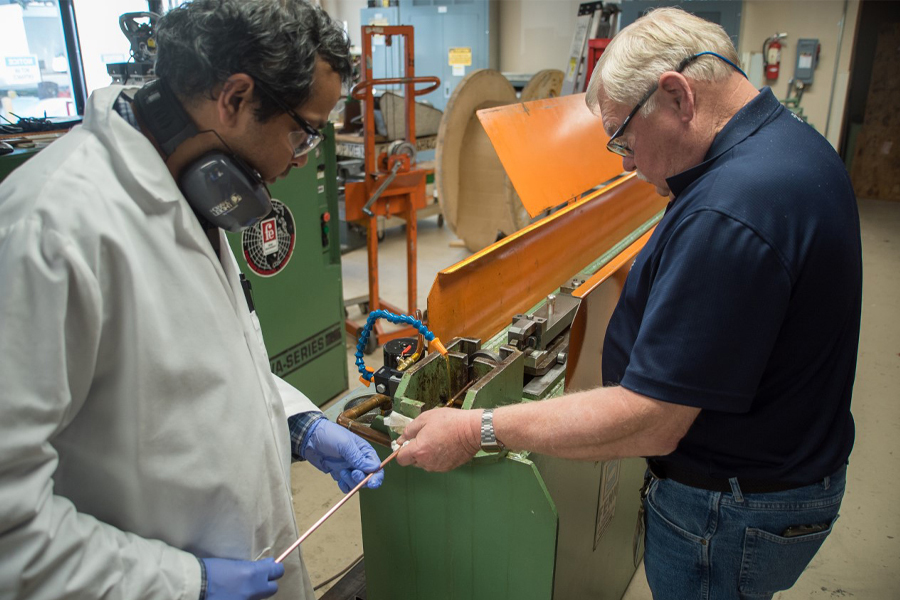
MagLab awarded $1.5M by U.S. Department of Energy to develop better superconductors
The U.S. Department of Energy awarded scientists at the Florida State University-headquartered National High Magnetic Field Laboratory $1.5 million to develop more efficient, robust superconductors that could lead to powerful particle accelerators and new discoveries about the universe.
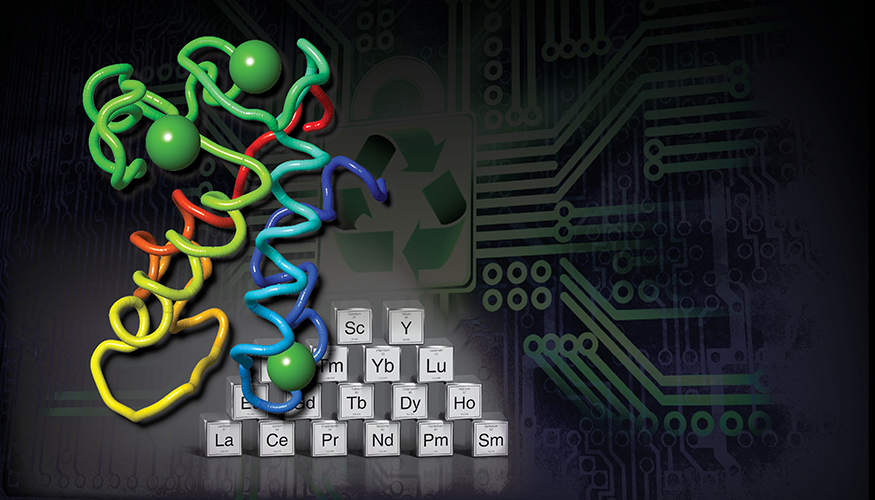
E-waste eating protein creates rare earth elements
Lawrence Livermore National Laboratory (LLNL) researchers, in collaboration with Pennsylvania State University (PSU) and Idaho National Laboratory (INL), have designed a new process, based on a naturally occurring protein, that could extract and purify rare earth elements (REE) from low-grade sources. It could offer a new avenue toward a more diversified and sustainable REE sector for the United States. The protein, lanmodulin, enables a one-step extraction and purification of (REE)s from complex metal mixtures, including electronic waste and coal byproducts.
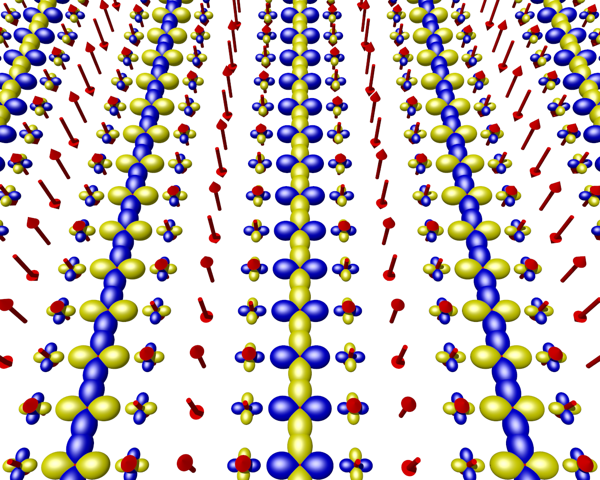
Scientists See Energy Gap Modulations in a Cuprate Superconductor
Scientists studying high-Tc superconductors at the U.S. Department of Energy’s Brookhaven National Laboratory have definitive evidence for the existence of a state of matter known as a pair density wave–first predicted by theorists some 50 years ago. Their results show that this phase coexists with superconductivity in a well-known bismuth-based copper-oxide superconductor.

Manipulating atoms to make better superconductors
A new study by University of Illinois at Chicago researchers published in the journal Nature Communications shows that it is possible to manipulate individual atoms so that they begin working in a collective pattern that has the potential to become superconducting at higher temperatures.
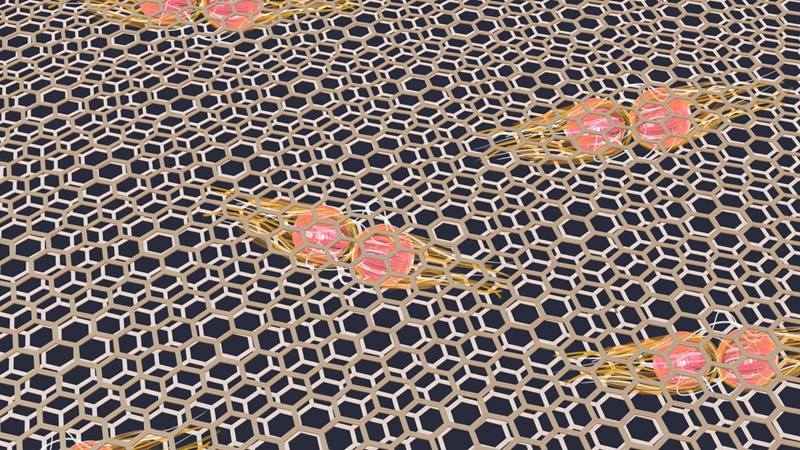
When Electrons Follow New Interaction Rules, Superconductivity Ensues
Researchers used a scanning tunneling microscope to “see” the electron interactions and pairings at the heart of twisted bilayer graphene’s novel properties.
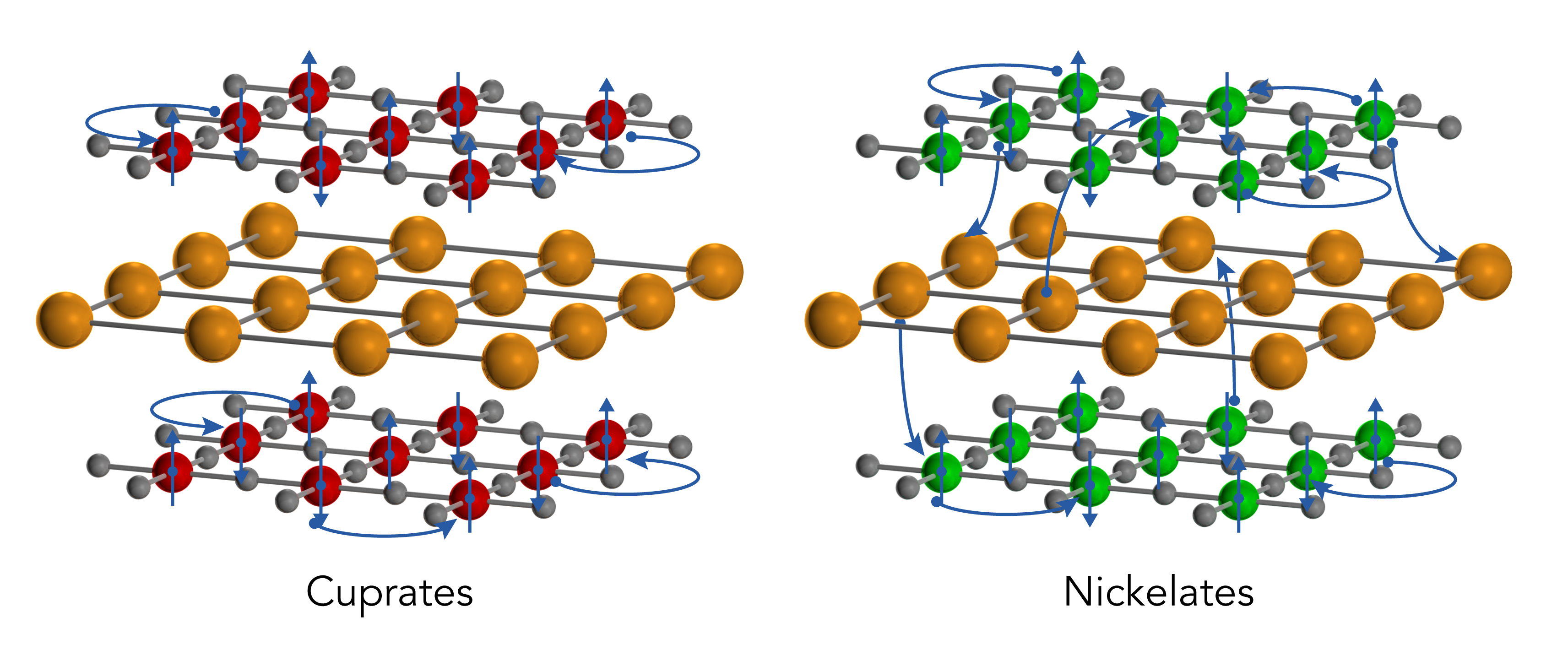
First detailed electronic study of new nickelate superconductor finds 3D metallic state
It represents an entirely new type of ground state for transition metal oxides, and opens new directions for experiments and theoretical studies of how superconductivity arises and how it can be optimized in this system and possibly in other compounds.